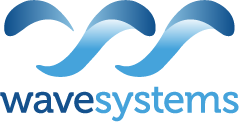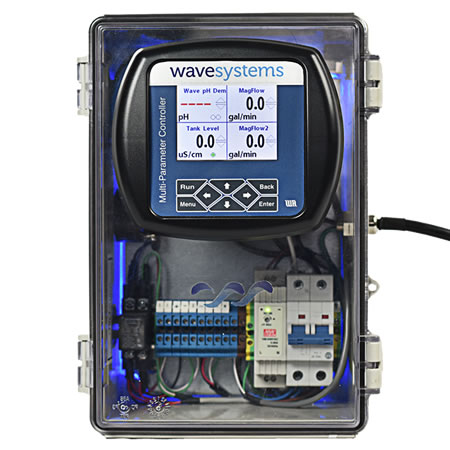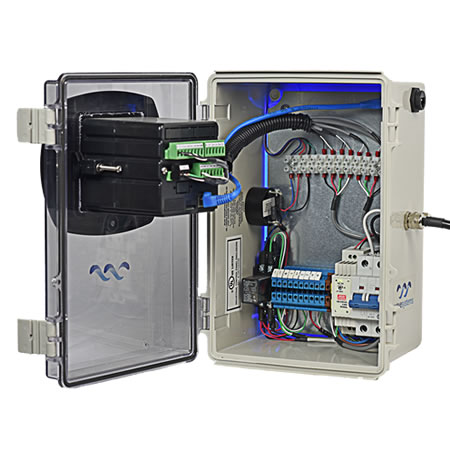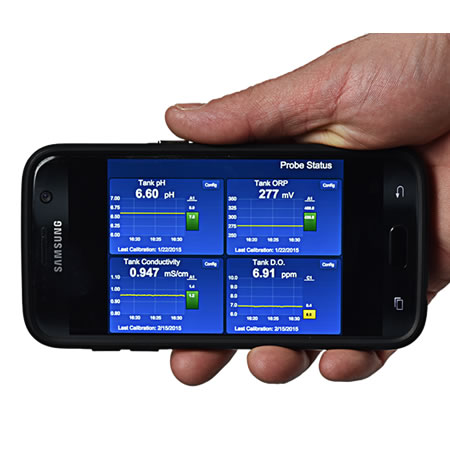THE S.O.S.
SMART OPERATING SYSTEM
Water Monitoring and Management Center
This is the next generation of water and waste water management control utilizing today’s technologies to allow facility managers the freedom to monitor your system from across the room or across the globe.
For operators of hospitals, schools, small industrial and municipal systems that think SCADA means expensive, the S.O.S. monitoring center may be the perfect fit to both your control and your budget.
UNPARALLELED ABILITIES. EXCEPTIONAL VALUE.
No other monitoring system packs so much capability into one small package at a great price.
The S.O.S. is built on a universal platform able to input all 2-wire analog, 3-wire data, and 5-wire digital sensors to monitor a variety of environments and conditions with a cellular option for remote locations.
Current Applications and Focus:
- Process control
- Analytical (pH, ORP, DO, etc)
- Process (Temperature, pressure, flow, etc) instrumentation
- Small to medium sized manufacturer Monitoring
- Tank level Monitoring
Other Monitoring Options Include:
- Power Failure Monitoring
- Pump Run Time Monitoring
- Pump Draw Down Monitoring
- Tank Level Monitoring
- Current Flow Metering
- Water Flow Metering
- Pressure Monitoring
- Rain Level Monitoring
MONITORING, MESSAGING & REPORTING
Never be out-of-touch wherever you are.
THE OMNI-GLOW™ SYSTEM
Quickly check system status via color-coded visual alerts.
WHY pH NEUTRALIZATION?
pH neutralization is a critical wastewater treatment process in many [...]
PUBLIC POOL & HOT TUB CLOSINGS
The most common violations reported were related to improper pH [...]
PUBLIC POOLS NOT AS CLEAN AS YOU THINK
Just in time for pools to open up across the [...]
WHAT IS THE S.O.S.?
The SOS is a convenient and cost effective solution for waste water monitoring and management. The smart operation system provides versatility for a range of process control possibilities.
It has the functionality of a PLC and a SCADA all in a compact package. The base unit can input up to four direct 4-20 mA output probes and three square inputs from pulse instruments such as paddle wheels or magnetic flow meters. Four relay outputs are programmable from any of the seven inputs or via the difference of two analog inputs. More complex functions between inputs can be customized. More inputs and outputs are available by purchasing an additional expansion card.
The S.O.S. command center is fully web integrated. The web-based set-up wizard makes it easy and convenient to set up and configure from the convenience of a laptop, tablet or cell phone. E-mail or text notifications are a snap, and the unit status can be viewed from any browser after providing a password. If you want to use the hardware itself for setup, the easily navigated menu provides for full functionality in a common sense approach.
The S.O.S. provides a low-cost solution to solve your control problems. It includes a data logger that can store as much data as can be fit onto the internal SD card (Years of Data). An optional card enables Modbus/RTU over RS-485 or Modbus/TCP communication directly to a computer or system. No other monitoring system packs so much capability into one small package at a great price. For operators of small industrial or municipal systems that think SCADA means expensive, the S.O.S. monitoring center may be the perfect fit to both your control and your budget.
pH NEUTRALIZATION
There are a multitude of regulatory requirements both Federal and State regarding wastewater discharge requirements. Users should consult their local agencies for specific requirements as they can vary by region. Any company that discharges effluent into sewer systems, lakes, streams are required to neutralize this effluent before allowing it to be discharged. Non-compliance could result in fines and other consequences. In many instances, recording the pH of the discharge is also required.
COMPONENTS OF A pH ADJUSTMENT/NEUTRALIZATION SYSTEM
Basic pH adjustment / neutralization system consists of six basic components:
- Instrumentation for monitoring, controlling, and recording
- pH electrodes and/or ORP sensors and associated mounting hardware
- Effluent holding tank
- Level control
- Chemical pumps and reagent storage tanks
- Mixers/agitators
In this system, effluent flows into the holding tank where a pH sensor (also known as pH electrode or pH probe) senses the pH of the solution. The sensor provides input to the pH controller device which operates chemical pump(s) to inject acid or caustic as required to neutralize the effluent. The mixer serves to evenly distribute the neutralizing chemicals throughout the holding tank to ensure complete neutralization.
THE pH NEUTRALIZATION PROCESS
pH neutralization can be accomplished as a batch treatment or a continuous treatment. Whichever treatment mode is used, the more upfront data that can be gathered on the expected waste flow, temperatures, and waste stream constituents, the better the final system will operate.
After neutralization has been completed, the effluent is discharged to waste while a second pH sensor senses the discharge effluent’s pH. The sensor inputs this information to a recording device which provides a record of the discharge for inspection or for future reference.
Both cost of ownership and problem-free operation are important considerations when choosing a pH control system. Manufacturers of holding tanks, sensors, controllers, recorders, level and mixing devices are usually more than helpful in assisting with sizing and selecting equipment for specific needs. As with any purchase, don’t be afraid to ask questions of potential vendors to ensure that you are obtaining the best system for your application.
PROBLEMS WITH pH NEUTRALIZATION SYSTEMS
Many operational problems encountered in a pH neutralization system are centered around the pH sensor, and chemical feed pumps. Incorrect choice of electrodes, holders, and placement are sources of common problems. Additionally, correctly sizing the chemical feed pumps is an important consideration. pH sensor selection is a key element in problem free operation.
pH neutralization is a critical wastewater treatment process in many industrial manufacturing environments. Through proper design of the system and choice of sensor components, ongoing operation of the system can be optimized resulting in minimal maintenance and costs.







